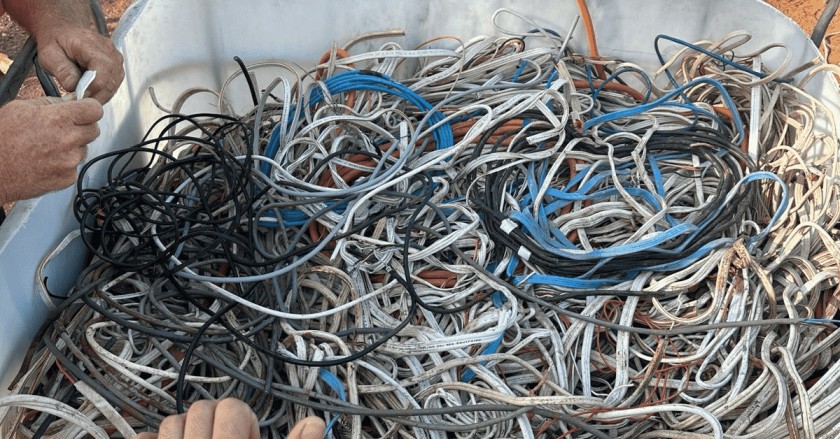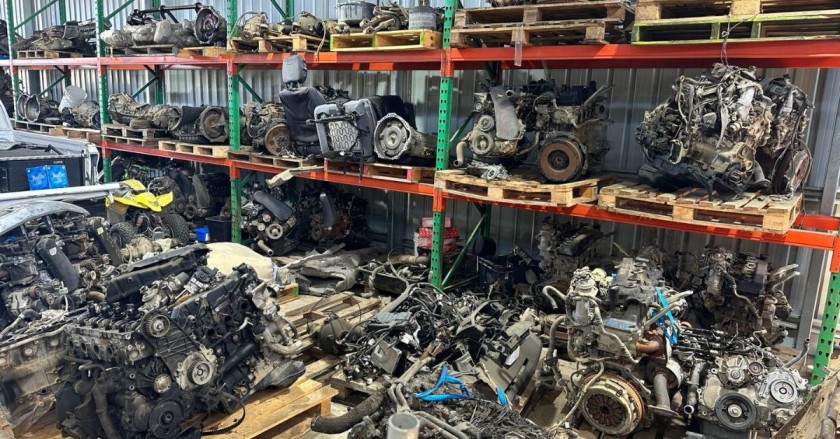In the age of sustainability and environmental consciousness, recycling plays a pivotal role in conserving resources and minimizing pollution. Among the many components of modern vehicles, catalytic converters stand out—not only for their crucial function in reducing emissions but also for their significant potential in recycling.
What Is a Catalytic Converter?
A catalytic converter is an emissions-control device that is part of a vehicle’s exhaust system. It converts harmful pollutants in exhaust gases—such as carbon monoxide (CO), nitrogen oxides (NOx), and hydrocarbons—into less harmful substances like carbon dioxide (CO₂), nitrogen, and water vapor. This is achieved using precious metals like platinum, palladium, and rhodium as catalysts.
Why Catalytic Converter Recycling Matters
Catalytic converters contain some of the most expensive and rare materials on Earth. Recycling them offers several benefits:
1. Conserving Precious Metals
The platinum-group metals used in catalytic converters are scarce and mostly mined in only a few countries. Mining these metals is energy-intensive and environmentally destructive. Recycling allows us to recover and reuse these materials, reducing the need for new mining operations.
2. Reducing Environmental Impact
Mining and refining precious metals contribute significantly to pollution and ecosystem disruption. By recycling catalytic converters, we can limit the environmental degradation caused by mining activities and decrease the carbon footprint of automotive manufacturing.
3. Economic Incentives
Used catalytic converters can be surprisingly valuable. Their precious metal content can be extracted and sold, providing economic incentives for individuals, scrapyards, and auto shops to engage in recycling programs.
4. Preventing Theft and Illegal Trade
Because catalytic converters are valuable, they are often targets for theft. A regulated recycling industry helps track these components and deter illegal trading, making it harder for stolen converters to enter the supply chain unnoticed.
5. Promoting a Circular Economy
Recycling catalytic converters supports a circular economy—a model where materials are reused and recycled instead of discarded. This approach is critical for long-term environmental sustainability and resource efficiency.
How Are Catalytic Converters Recycled?
The recycling process typically involves:
- Collection and inspection of used converters
- Decanning (removal of the ceramic core)
- Crushing and smelting to extract the precious metals
- Refining and purification of recovered metals
These metals are then reintroduced into the supply chain for manufacturing new converters or other industrial uses.
Final Thoughts
Recycling catalytic converters is a win-win for the environment and the economy. It helps reduce pollution, conserve scarce resources, and promote responsible waste management. Whether you’re a car owner, mechanic, or recycler, recognizing the value of this small but mighty component can make a big difference.
If you have a old catalytic converter, don’t let it go to waste. Contact A1 Metal Recycle to get the best value for your converter. They offer competitive pricing, fast service, and ensure your materials are recycled responsibly.



